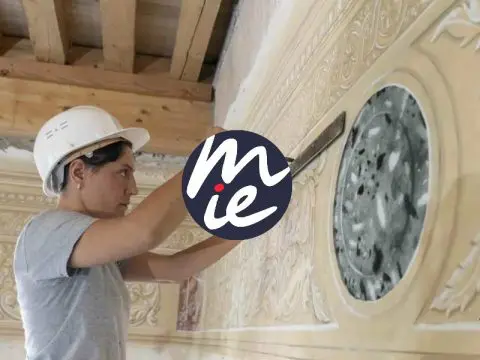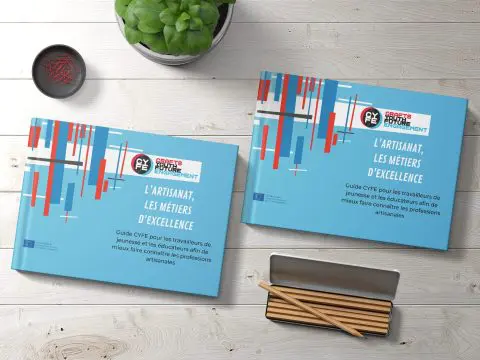As you enter the Salon Charlier, you cannot miss the 19th-century library cabinet in speckled mahogany containing pieces of majolica and porcelain on your left.
Porcelain slowly evolved in China and was finally achieved (depending on the definition used) at some point about 1,200 to 2,000 years ago; it slowly spread to other East Asian countries, then to Europe, and eventually to the rest of the world. Its manufacturing process is more demanding than that for earthenware and stoneware, the two other main types of pottery, and it has usually been regarded as the most prestigious type of pottery for its delicacy, strength, and its white colour. It combines well with both glazes and paint, and can be modelled very well, allowing a huge range of decorative treatments in tableware, vessels, and figurines. It also has many uses in technology and industry. All the pottery-making shaping processes can be used to create porcelain. Although moulds were employed from the beginning, the potter’s wheel was once the most common method of making it. In recent years, slip casting has become the most often used commercial technique.

The porcelain inside comes from Delft, Brussels, Paris, Höchst, and other European cities, as well as from far Oriental cities. Terracotta makers in Europe attempted to mimic Asian porcelain production until the Saint-Cloud factory invented soft-paste porcelain, which was less solid due to a shortage of kaolin. After the discovery of the hard-paste porcelain by Bötterg in 1709, the production became manufactured in Germany, France, and Belgium.

Charles of Lorraine set the tone by establishing the Tervuren factory in Brussels (1765). The Brussels production is similar to the French one because many craftsmen in Brussels were of French lineage. It is characterised by the employment of pure gold for adornment, by the depiction of Italian landscaping, and by its great quality.












